Get in, Get Help, Get it Done with Fountain!
7 Ways to Use Lumber for Your Building Project
Different sizes and shapes of lumber can be used in various industries to make different products. Lumber can also be used for building and DIY projects. Lumber is versatile for all types of projects—including fences, decks, posts, beams, furniture, decorative accents, floors, and more.
Lumber can be transformed into a wide range of construction materials that are used in building and home construction. This includes dimensional lumber products that are built into walls, floors, and ceilings—such as studs, plates, joists, rafters, beams, firebreaks, and supports.
Wood is a high-performance, cost-effective material for all types of building and DIY projects. It is the only structural building material that is both renewable and sustainable. Wood products are made from a renewable resource—trees—that are replanted to ensure a sustainable supply. Wood requires less energy and is more carbon-intensive to produce than competing materials like concrete and steel.
In fact, the strength-to-ratio of wood is comparatively higher than steel while containing only a fraction of the embodied energy. Lumber is reliable, innovative, and delivers the durability and seismic resiliency that makes it suitable for tall building construction.
Here are just a few of the many uses of lumber for building projects:
1. Use Lumber for Wall Framing for Single and Multi-Family Homes
Wall framing for both multi-family and single-family homes is by far the most popular use of dimensional lumber. Dimensional lumber sized 2” x 4” is the most common for the framework of rooms. However, framing also entails nailing the wallboard, which requires the use of 4” X 4” lumber. You will also need 1” x 2” lumber for creating the frame. Only the lightwood lumber of below 4.5″ are used in residential framing.
2. Use Lumber to Create a Paneling Wall
Wall paneling is among the top uses of dimensional lumber. This type of project requires 6” x 12” or 8” x 12” planks. However, with different kinds and sizes of paneling, you will need to choose which is best for your specific project. Many designers recommend that the wider the planks the better the outcome you will get in terms of aesthetics and finishing.
3. Use Lumber to Make Furniture
Get creative with dimensional lumber. It can be used to build furniture, cabinets, outdoor furniture, stools and other projects. The 4” x 4” and 6” x 6” pieces provide the best functionality for these types of projects. Use larger planks for large cabinets and dressers.
4. Use Lumber for Post-and-Beam Construction
Post-and-beam construction requires heavy and large dimensional lumber. Use 4.5” or larger for best results. Lumber is robust and can hold heavy weight loads. Thanks to the thickness and toughness, it’s not very susceptible to water damage.
5. Use Lumber for Flooring and Ceiling Projects
The 6” x 12” or 8” x 12” dimensional lumber pieces are perfect for flooring and ceiling projects. They are sturdy enough to give the floor adequate robustness. However, this only works best for the light-duty areas. Use smaller pieces of 4” x 4” or 6” x 6” to create frames and brackets in case you are working on heavy-duty areas. For the ceiling corners, you can always use metal brackets, which are not only strong but also resistant to rot. The use of the metals will ensure high longevity and less need for repairs.
Besides the common flooring, dimensional lumber is useful for hardwood flooring projects. However, the kind of dimensional lumber necessary for hardwood flooring is very rare. If you want a natural elegance appeal, you will want to go with the rough lumber instead of the treated version.
6. Use Lumber for Outdoor Decking Projects
Pressure-treated lumber is a good choice for framing an outdoor deck. Use lumber rated for ground contact for posts and framing within six inches of the soil. Look for a grade stamp that says "ground contact" or indicates a treatment d7. Use Lumber for Fencing Projectsepth of 0.40 or greater. The standard size for deck posts are 4”x4” or 6”x6” and use 2”x4” for cut cleats and stiffeners. For joists and beams use 2”x6” all the way up to 2” x 12”.
The decking and railings are the most visible parts of your deck, so you'll want to use the best lumber you can afford. Redwood, cedar, and cypress are good choices, but since most decking boards from domestic woods are sapwood and not rot-resistant, you should treat them.
7. Use Lumber for Fencing Projects
There are many fence material options available, but some of the most common wood species used for fencing are Western Red Cedar, Douglas Fir, Pressure-Treated Wood, and Redwood. They’re not all created equal, but they all will give you a strong, sturdy fence (assuming it’s properly installed). Your choice is less about safety and more about the look you desire, the characteristics you want your fence to have, and your budget.
Since 1949, Fountain Building Supply has provided quality building materials to local do-it-yourselfers and experienced contractors throughout all of central Alabama. Count on this local, family-owned, established company to provide you with the perfect alternative to the big box stores.
Follow Us on Facebook and Instagram Win Prizes!
Get In. Get Help. Get It Done With Fountain!
Contact Us
We will get back to you as soon as possible.
Please try again later.
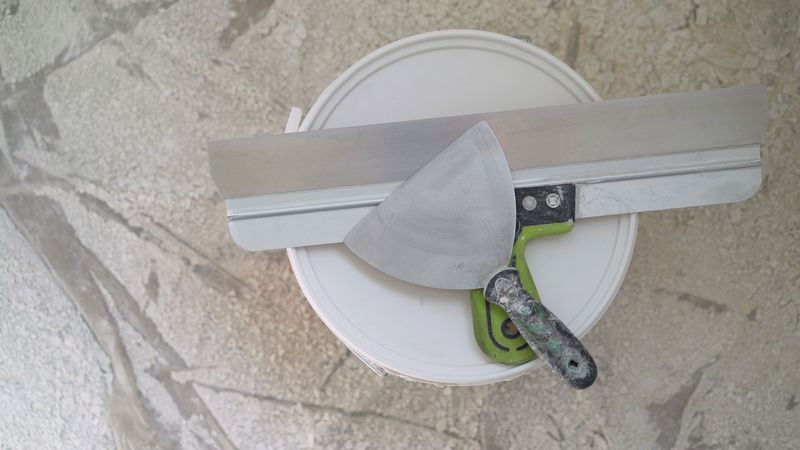
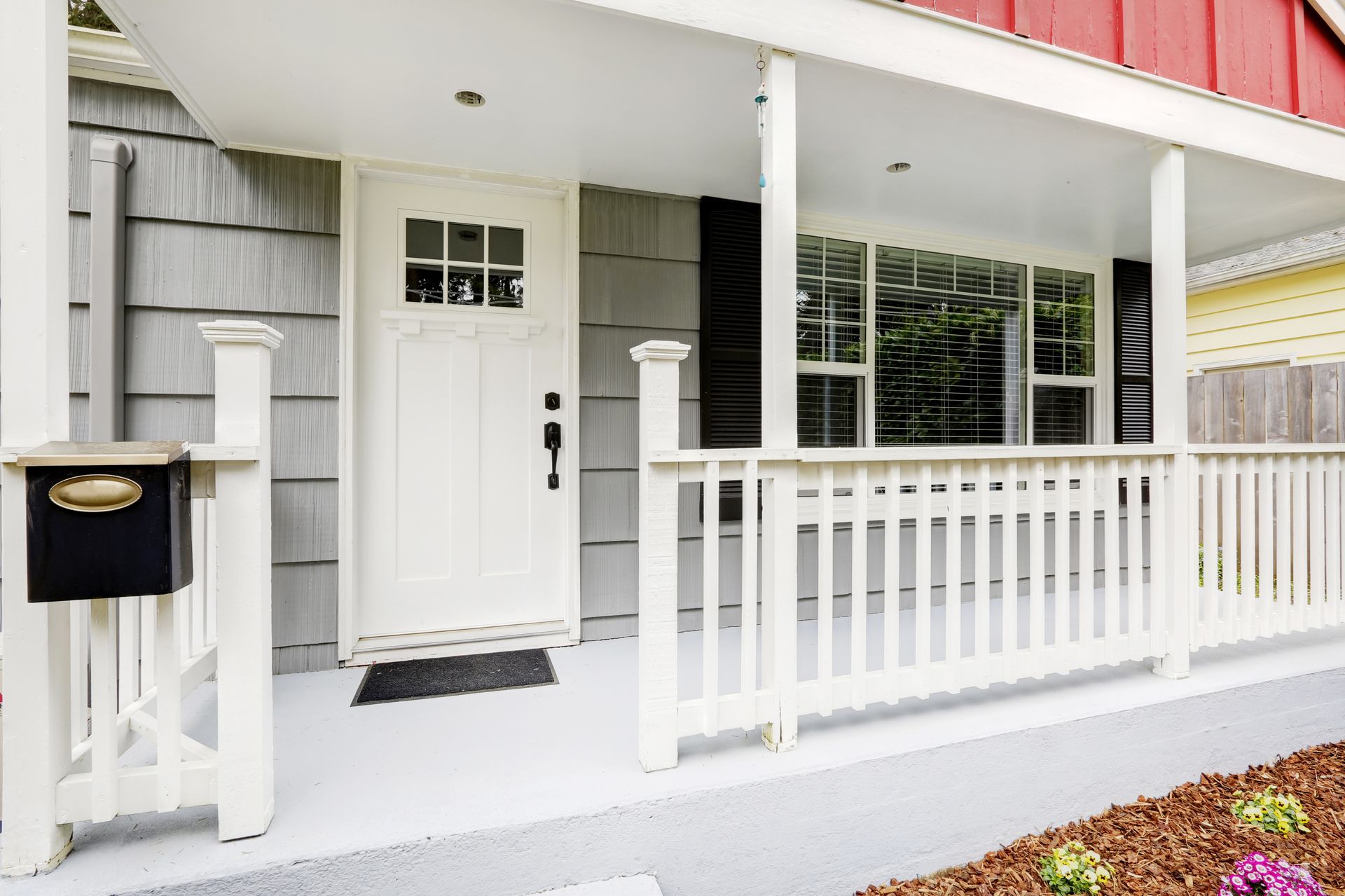
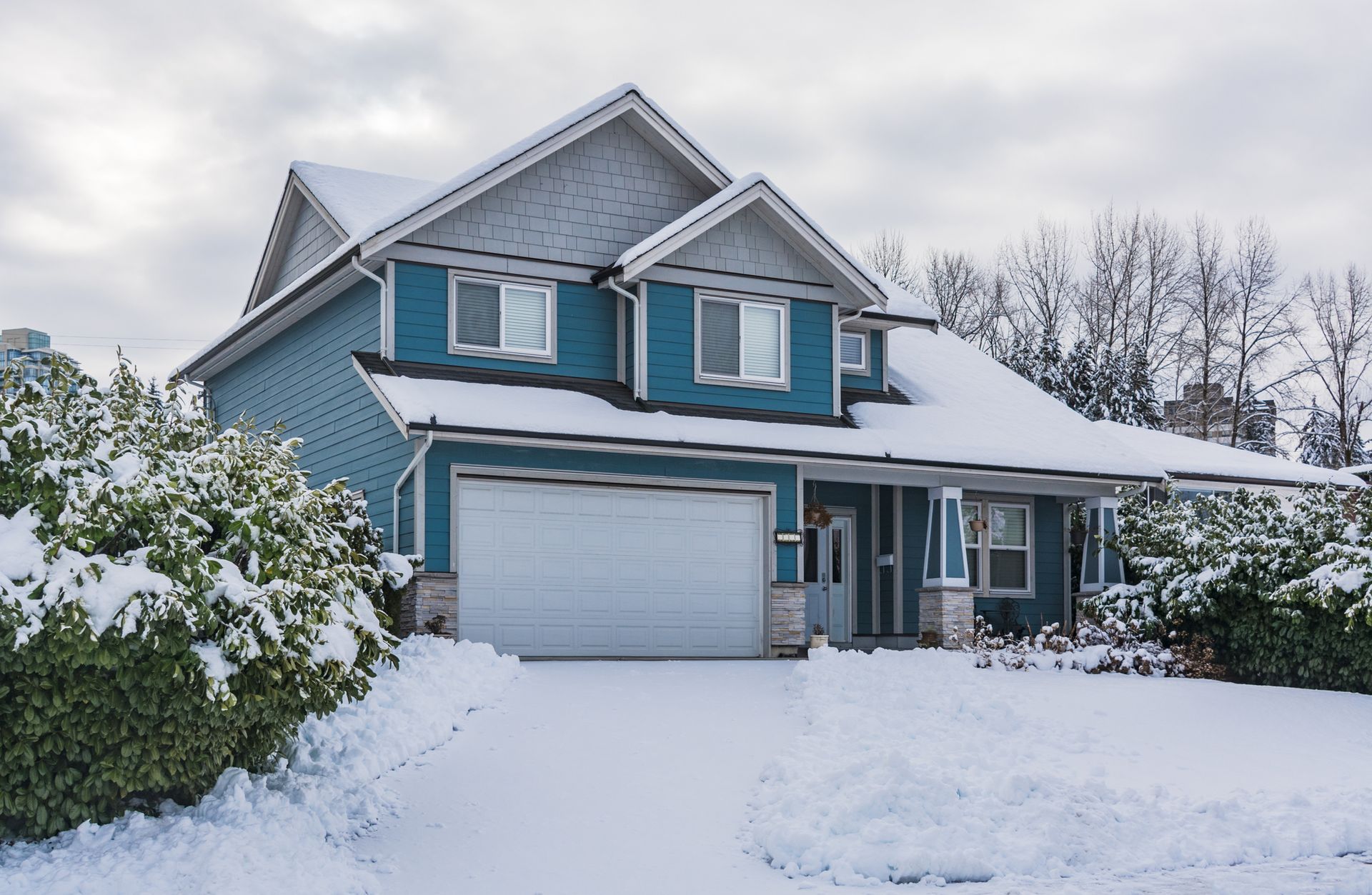



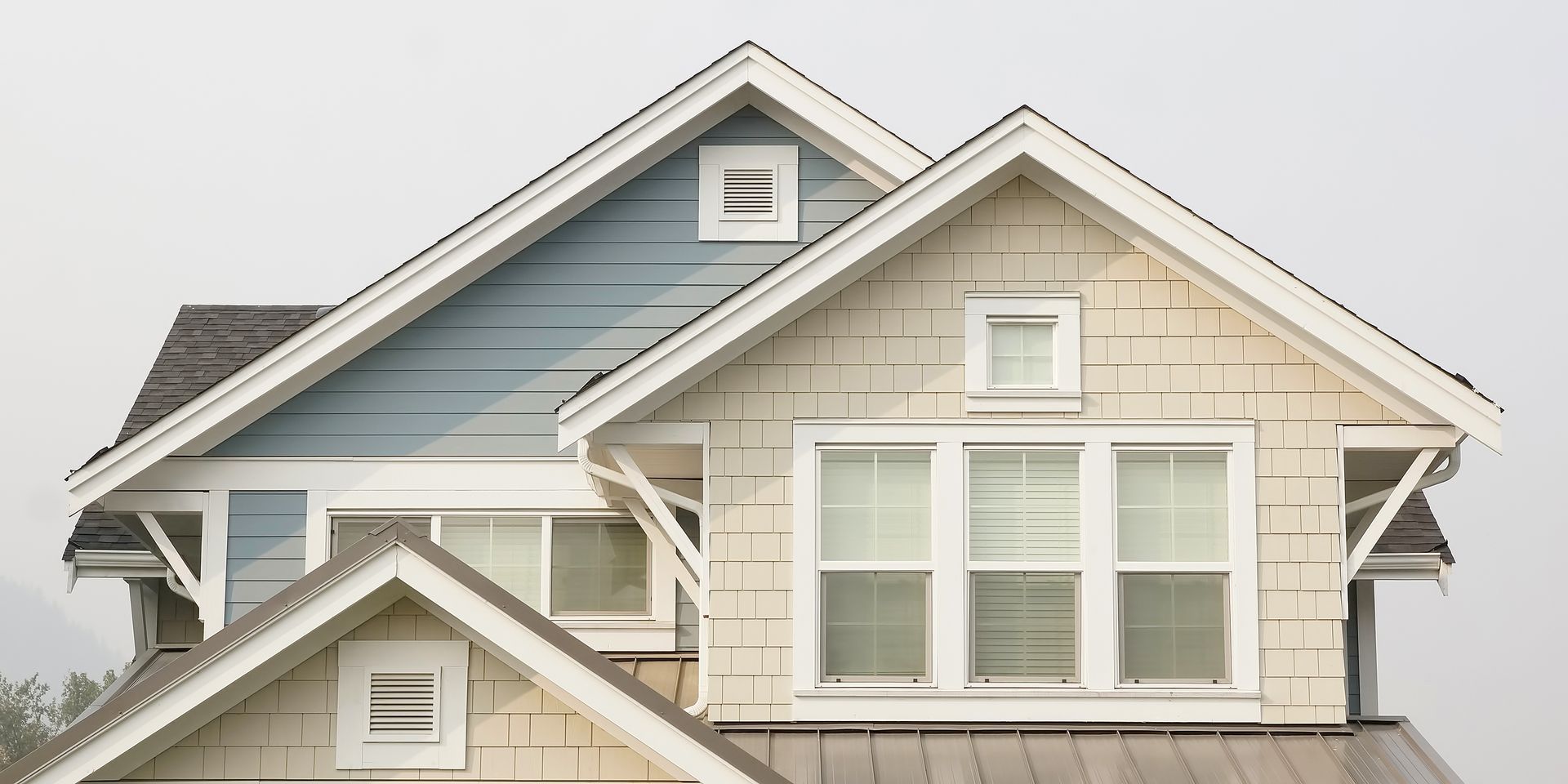

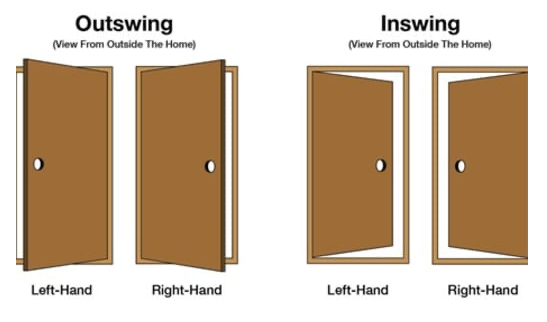


Share On: